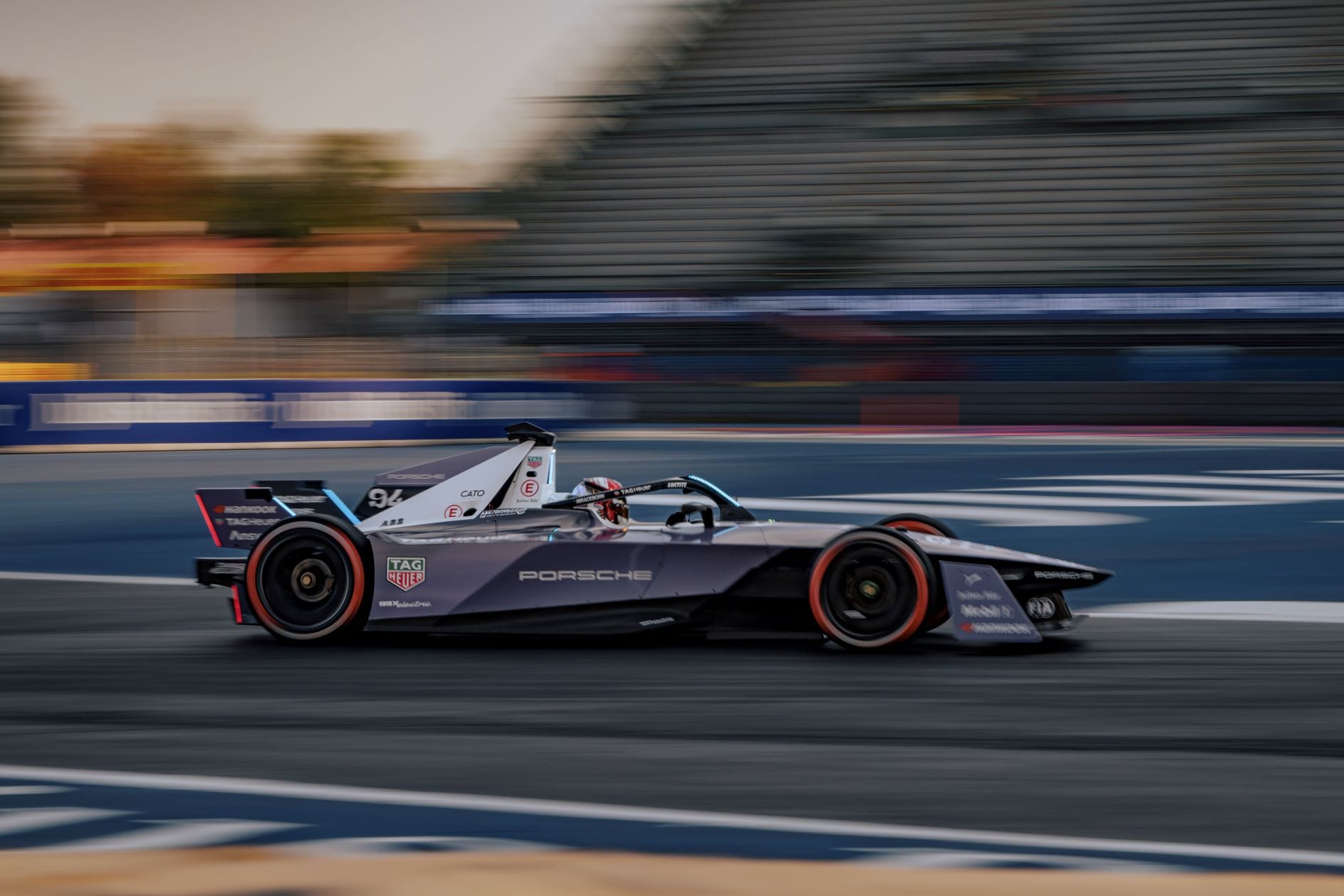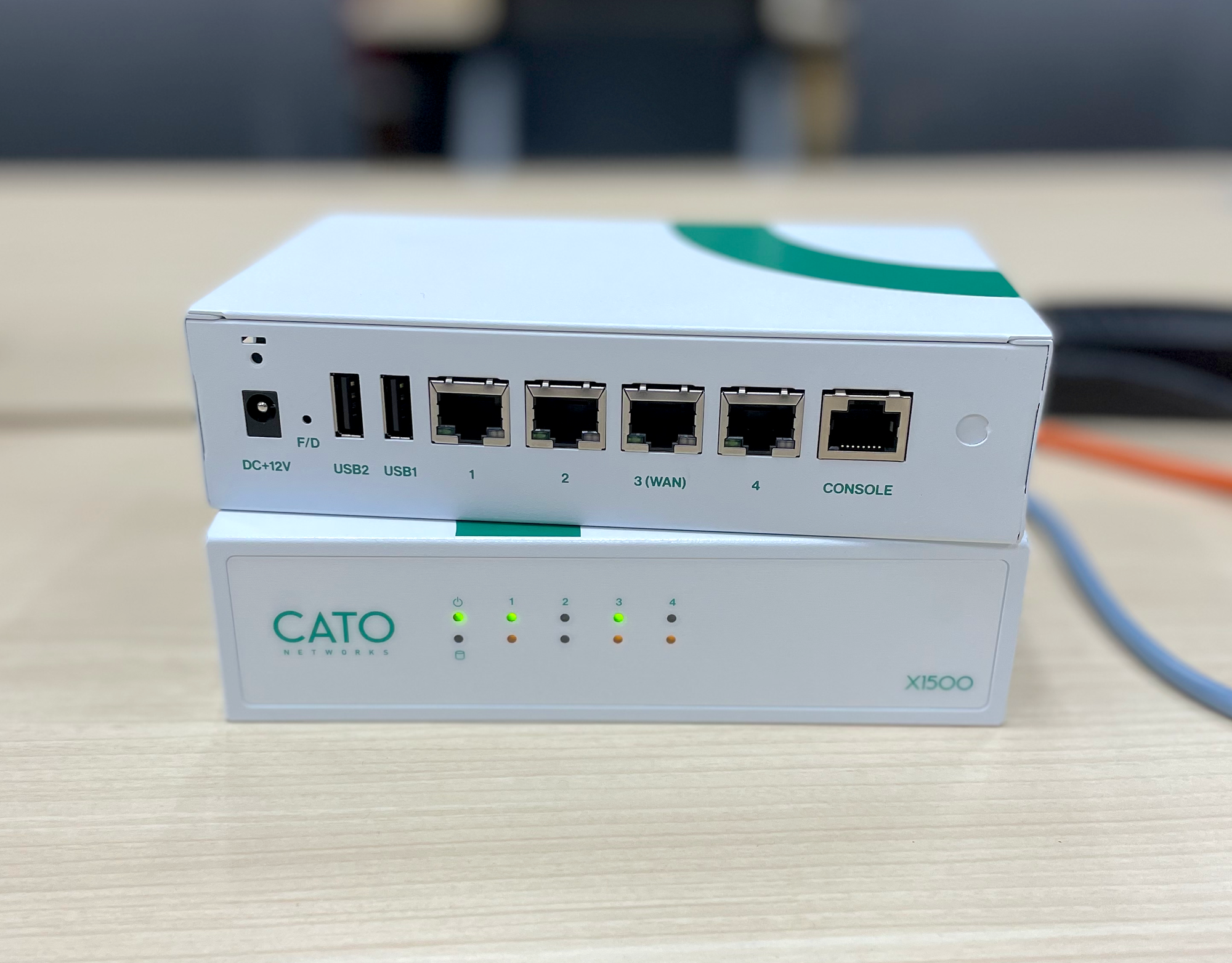Formula E likes to style itself as “change accelerated”, delivering all the excitement of the more established Formula 1, without the noise or carbon emissions. The series’ battery-powered vehicles are quieter, albeit with a top speed of 200mph compared to their Formula 1 cousins’ 230mph. But what happens off-track is as important in delivering on the sport’s net zero remit and it is here that the noise is happening.
A team’s technology choices can have a big impact, both in terms of capturing and transmitting data, and running the race analytics needed to eke out battery power. But they are also critical to keeping its systems and communications secure, and setting up and breaking down the team’s trackside infrastructure as it moves from one meet to another. Each hour of compute, and each kilo of kit, can play into its carbon budget.
Friedemann Kurz is head of IT for the Tag Heur Porsche Formula E Team, heading up a team of ten people responsible for IT infrastructure, including the networks and servers at the track, and software development strategy. “If we build something, we also need to operate it ourselves,” he explains.
One thing Kurz doesn’t need to worry about is maintaining a fleet of supercomputers to carry out the sort of computational fluid dynamics (CFD) and simulations that Formula 1 teams rely on to gain an edge. CFD is so critical to F1 teams that FIA rules put a cap on both the number of cores and teraflops a team can run as they finesse their designs.

Formula E cars by contrast use a standard spec chassis and other major parts. Where the differentiation does come, Kurz explains, is in how team and driver manage their vehicle’s energy, as well how the team analyses track conditions and directs the drivers.
During the race itself, the key issue is keeping the IP-based voice comms system between team and driver up and clear. “That’s the most critical service in a race situation,” says Kurz.
While the team will be capturing data during the race itself, Kurz explains, the sensors on the cars are relatively limited, and the team will typically capture “something like 300 to 400 gigabytes an event.” This will be mainly structured data and video, which is straightforward to compress.
As for real time, or close to real time, data it’s “mainly the environmental and the competitive situations, the timing data that needs to be available at any time. Video feeds, as well.” (This includes everything from tire temperatures to battery levels and video of the driver.)
Standing up infrastructure at each track
Not having to run supercomputers or crunch excessive amounts of data during races eases the impact on the emissions budget. But Kurz’ team still needs to standup data and network infrastructure for the team garage at each track.
The series’ 16 races happen over 12 different venues, which are usually public roads, rather than permanent racetracks, meaning everything is built from scratch. It also means the team typically does not have “super detailed data” on the track itself, meaning this must be captured and analysed quickly to inform the team’s strategy.
In Porsche’s case, a single IT person is responsible for all that. That means, according to Kurz, “Arriving, building up everything within two to three hours, and making sure that all the services are running within at least maybe another three, four hours” – then breaking everything down after the race before moving onto the next event.
Friedemann points out that the 2023 season was “the first season we travelled with our whole IT equipment without any server rack.”
See also: The Ryder Cup: A "travelling circus" replete with private 5G and 800 Wi-Fi 6E points
Everything is built into track-side garage walling, he explained, which is swiftly assembled ahead of each race. This reduces the amount of kit that needs to be transported, says Friedemann, “And every kilogramme we save in the equipment that is shipped around the world is saving on carbon emissions.”
One factor behind this is its use of SASE provider Cato Networks, which means data is captured transmitted back to base over Cato’s private backbone, with the Israeli company taking care of communication, networking, and security. This means, says Kurz, “We are able to operate worldwide and still have the performance we need to transfer the data that is not computed locally … to have a reliable connection to other cloud services and to do the calculation of data to calculate a perfect energy strategy for the race.”

(Cato provides "sockets" that only need power and an IP address – dynamic, or static – to become operational and once online, automatically connect to the nearest Cato Point of Presence and configure themselves.)
Cato's network has got round trip speeds from racetrack to HQ of around 80 to 100 milliseconds. Critically, it cannot fall down: As Kurz put it: “The infrastructure needs to be rock solid and bulletproof and work at anytime, because if the Infrastructure and Transport Layer is not working, there is almost no chance to do any calculation during the event.”
The Formula E teams have a maximum bandwidth of 50-megabit upload and download meanwhile; a flat figure for all teams and need to ensure that all of their applications stay within those limits. The energy management know-how gained by Porsche, and other teams, could be a tempting target for cyberattacks looking to compromise IP and the security of these networks is critical.
It’s important to point out that while communication between team and driver could be attacked, there is no over the air control of the vehicle itself. Kurz says, “There is not direct threat to the car.”
Major sporting events are a tempting target for cybercriminals given the financial potential financial repercussions of a successful attack and Cato’s senior director of security strategy, Etay Maor, says other sports, such as the NBA, have had to put a lot of cybersecurity infrastructure in place, particularly to frustrate denial of service attacks during live broadcasts.
“If somebody does a denial of service during a live broadcast, that could have pretty big implications.”
He adds, “Some of the tools that can be used for attacking wireless networks, Near Field Communication, radio frequency, they used to be military grade things. And now literally go to Amazon, and you can buy some of that stuff.”
That’s the problem of with democratizing technology. It tends to filter down to the bad guys too. On the plus side, Kurz says, “The whole story of Porsche motorsport always was to use and develop technology that is, at some point, applied in street legal cars as well.”
(As Formula E's VP of Sustainability has noted "we use the championship as a technological platform for EV manufacturers to learn and develop the technology, mostly around software, and transfer that back into the consumer vehicles that you and I are driving today.”)
So, the IP Porsche is developing through its e-racing efforts should ultimately find its way into a vehicle near you. Or at least one accelerating past you.





